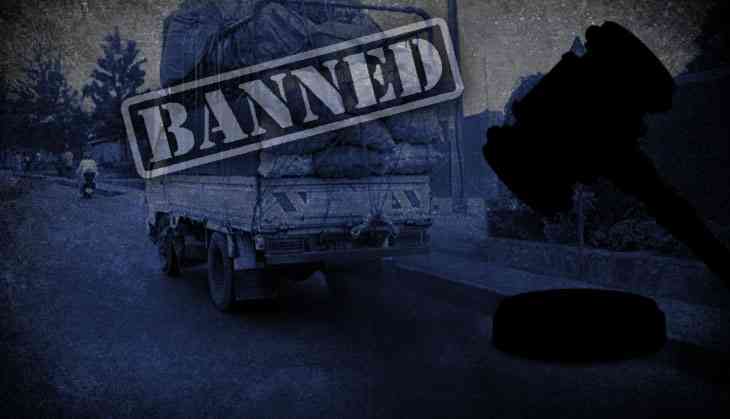SC enforces Bharat Stage IV emission norms, 8 lakh vehicles to go unsold

The Supreme Court on Wednesday banned the sales of all vehicles not complying with Bharat Stage IV (BS IV) emission norms with effect from 1 April 2017.
With this decision, no Bharat Stage III (BS III) vehicles can be sold anymore. An estimated eight lakh BS-III complaint vehicles are ready for sale across the country, which include cars, two wheelers and heavy vehicles.
The Supreme Court ruling came on an appeal by the Environment Pollution Control Authority (EPCA) which sought to implement only BS IV norms. “Public health is more important than commercial interests,” a bench of Justices Madan B Lokur and Deepak Gupta said while handing down the verdict.
The verdict also negated the Central government's plea that the unsold stock of about eight lakh vehicles with BS III norms might be permitted to be sold.
The EPCA argued that BS IV vehicles have 80% lower particulate emissions, and a committee headed by retired bureaucrat Bhure Lal had recommended this new norm.
The apex court, however, allowed vehicles with BS III norms, sold before 31 March to ply. It negated the argument of the Society of Indian Automobile Manufacturers (SIAM) on the grounds that no manufacturer paid heed to the notification. Instead, they woke up only when the deadline came closer. According to SIAM, the manufacturers will suffer an estimated loss of Rs 30,000-40,000 crore.
According to data from the Federation of Automobile Dealers Associations (FADA), about 20,000 dealers would be affected by this decision.
The manufacturers were in fact allowed to sell BS III norms vehicles between 2005-2010, with the BS IV norms coming into force only from 1 April 2017. However, they continued to manufacture as per the old norms, oblivious of the new notification.
Lacuna in the notification
Earlier, senior counsel Harish Salve, who is amicus curiae ('friend of the court' appointed by the court itself to assist in important cases), supported the BS IV norms, contending that the notification was clear about the ban on sale of BS III norm vehicles and sufficient time was already given to the manufacturers. However, the automobile industry did not take any action in the matter and continued manufacturing BS III vehicles.
SIAM, on the other hand, contending that the notification allowed them to manufacture BS III vehicles till 31 March 2017, and therefore, time should be given to sell the existing stock at least.
But the EPCA, way back in October 2016, had made it clear that the sale or registration of any vehicle without BS IV norms would not be allowed from 1 April 2017.
The Union government, too, had earlier made it clear that vehicles not meeting BS IV standards would be barred in the entire country from 1 April 2017.
The lacuna in the notification, as pointed out by the manufacturers, was that the notification made no mention on the sale of the BS III inventory.
History of India's emission regulations
Since the early 2000s, India started adopting European emission and fuel regulations. Euro 1 standards were named India 2000 and introduced at the turn of the millennium, with Euro 2, 3 and 4 standards (renamed Bharat Stage II, III and IV) being imposed nationwide in 2005, 2010 and 2016 respectively.
However, the implementation of BS IV was temporarily stalled with the challenge in the court. Now that the verdict has cleared its path, BS IV will be the new norm for the next three years.
An expert committee has now decided to skip Euro 5 (BS V) standards entirely, and go straight to Euro 6 (BS VI) standards in 2020.
The Planning Commission had established an expert committee in 2013, which drafted an Auto Fuel Vision and Policy 2025, published in 2014.
First published: 29 March 2017, 22:39 IST
